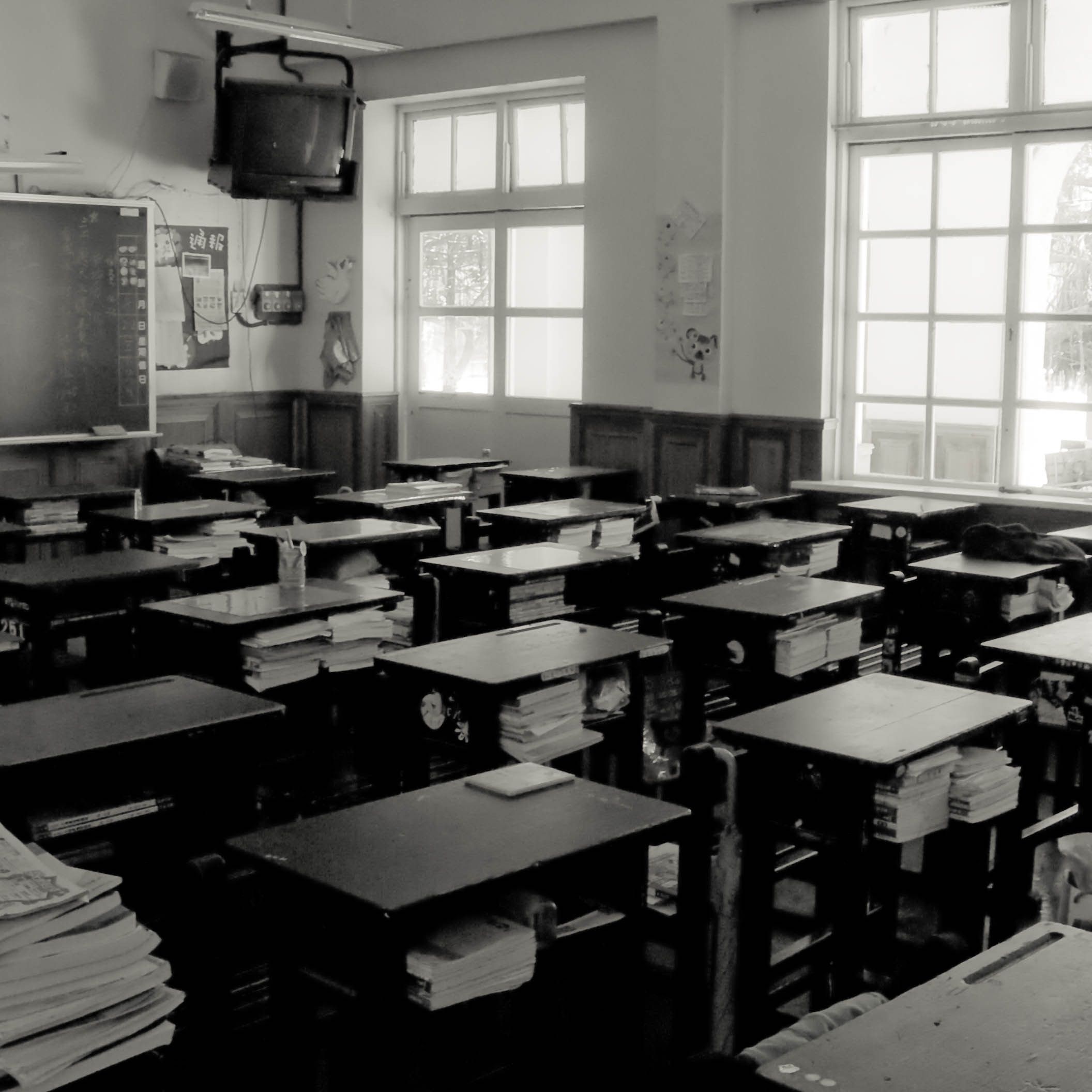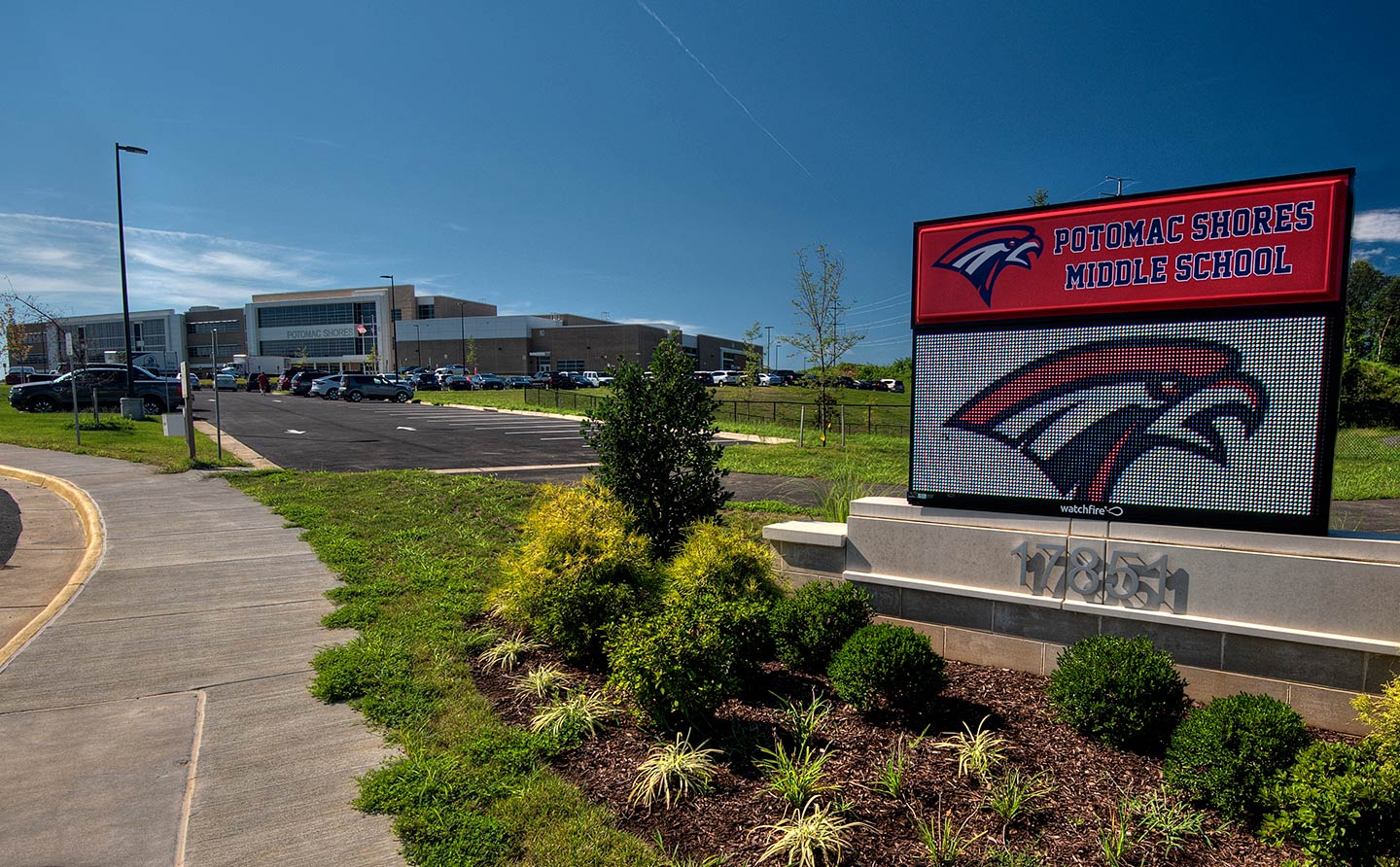Virginia designates additional aid for at-risk students
by Nathaniel Cline, Virginia Mercury
As Virginia schools reopen for a new school year, most of those serving low-income students or those identified as “at-risk” will receive $371.3 million in additional funding over the next two school years, according to the state budget.
Lawmakers redirected approximately $650 million each year and added around $180 million yearly to develop the at-risk program. Most localities have opted into the program, which helps to provide sufficient funding for schools to serve low-income students in Virginia.
Data from the Department of Education shows that at-risk students comprised approximately 43% of Virginia’s total enrollment last year.
Underfunded schools, under-resourced students
The state investment comes after localities urged lawmakers to address Virginia’s historical underfunding of its school divisions. This was backed by a July 2023 study from the Joint Legislative Audit and Review Commission that found Virginia schools receive 14% less state funding than the 50-state average, roughly $1,900 less per student.
“Any additional money that the state provides to local governments to the local school divisions to help restore the balance in the funding relationship to what it should be based on the JLARC [recommendations] is greatly appreciated and is a good first step,” said Jeremy Bennett, director of intergovernmental affairs for the Virginia Association of Counties.
Bennett said the report shows that local governments and school divisions are “paying billions more than they’re required to by the state because we recognize that the cost of providing quality education is higher than what is recognized on the state’s current funding formula.”
Del. Rae Cousins, D-Richmond, who carried unsuccessful at-risk add-on legislation based on JLARC’s recommendations, said changes to the program will help support at-risk students with potentially more one-on-one instructional time, more nutritional school meals, and before-and after-school programs.
“Our schools just didn’t have the resources that those [at-risk] students needed to be successful,” Cousins said.
Local leaders said funding formulas that underestimated the needs of school divisions and a cap on the number of support positions the state would fund enacted amid the Great Recession in 2007 have contributed to the lack of funding.
Lawmakers partially lifted the cap last summer by investing $152 million in school support positions, but funding levels were never restored.
Recommended changes for the at-risk program
After finding the previous add-on program for at-risk students relied on outdated free lunch data, JLARC recommended changing the state code and language in the Appropriation Act to designate the at-risk add-on program as a Standards of Quality funding program, which would signify that the funding is “essential for providing Virginia K–12 students with a quality education.”
Researchers also recommended changes to allow for the federally-approved Identified Student Percentage (ISP) measure to calculate funding for all at-risk programs that relied on outdated free lunch estimates.
According to the two-year budget lawmakers adopted in May, funding would be allocated based on each school division’s weighted ISP.
As part of the new program, 60% of funding would be distributed to divisions using a flat per-student rate, and 40% would be distributed using a variable rate based on the concentration of poverty in each school division.
School divisions that opt into the program will receive a minimum 11% basic aid add-on per estimated at-risk student and an additional add-on to basic aid varying between 0% and 37%, depending on the number of at-risk students relative to other school divisions.
Sen. Lashrecse Aird, D-Petersburg, carried legislation that would have added at-risk add-on funding to the Standards of Quality, as well as updated the funding formula to “ensure that money designated for our highest-need students doesn’t go unused,” in a statement to the Mercury.
However, the legislation was incorporated into an unsuccessful bill vetoed by the governor after the legislature failed to accept his recommendations. If the bill had been successful, the program would have been a mandatory part of the Standards of Quality.
The Joint Subcommittee to Study Elementary and Secondary Education Funding, which will be meeting for the first time on Sept. 16, was created to provide direction and oversight of Standards of Quality funding cost policies and make recommendations.
Local governments that opt into the at-risk add on program are responsible for providing a local match to receive state funding.
(Virginia Mercury is part of States Newsroom, a nonprofit news network supported by grants and a coalition of donors as a 501c(3) public charity. Virginia Mercury maintains editorial independence. Contact Editor Samantha Willis for questions: info@virginiamercury.com. Follow Virginia Mercury on Facebook and X.)


